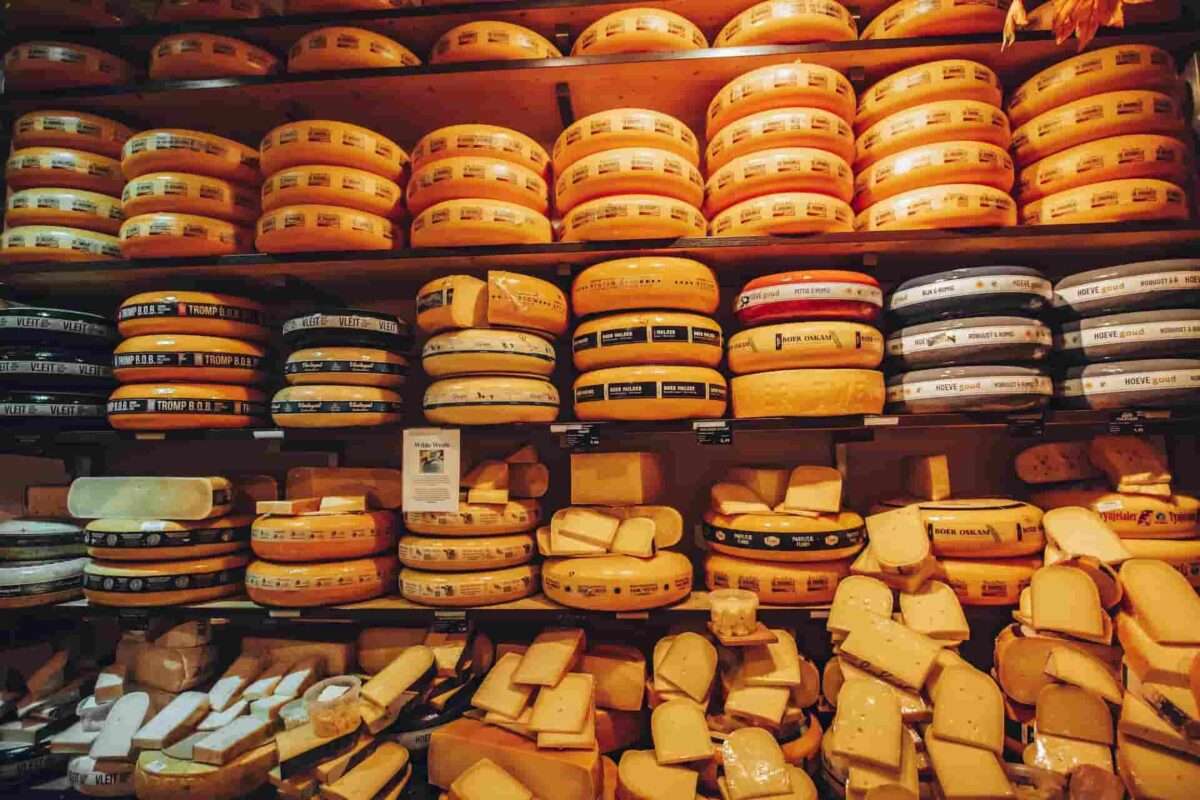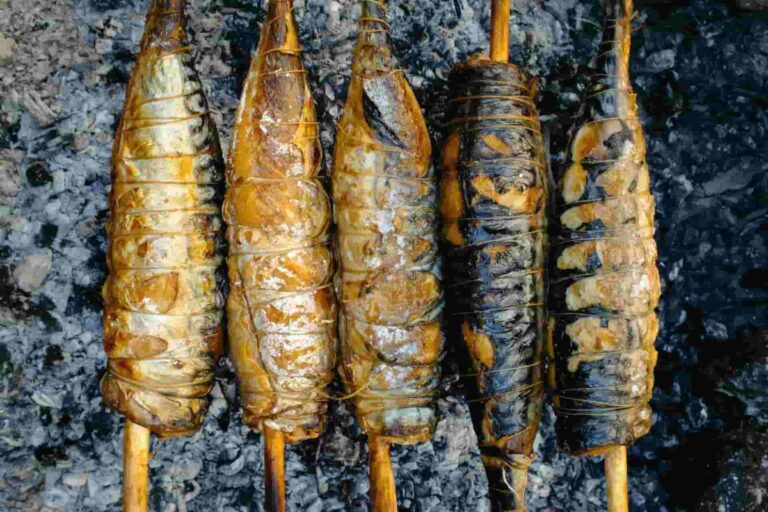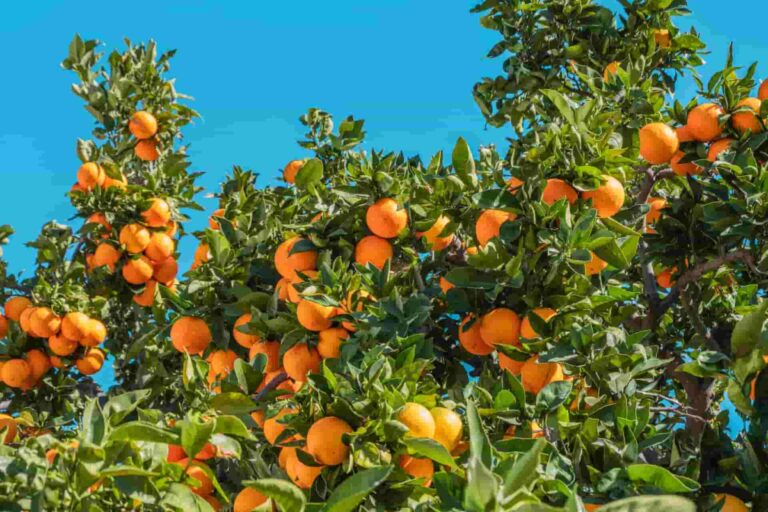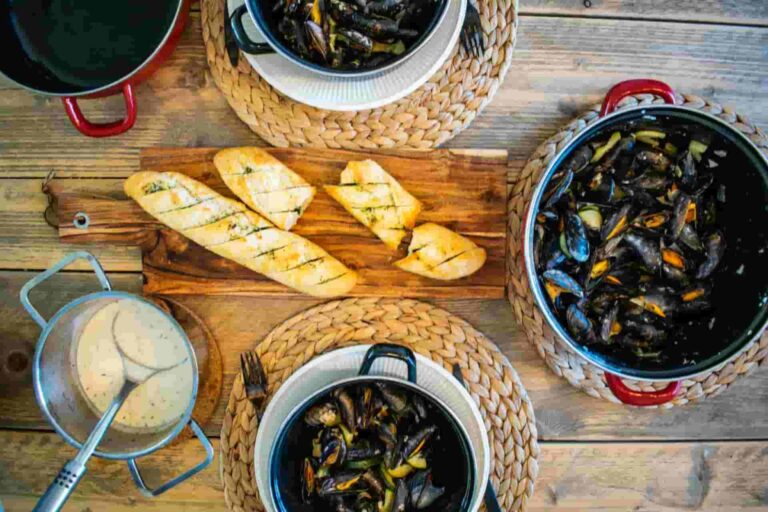Cheese 101-how to use cheese
Did you know that there are more than 2000 different kinds of cheese that can be purchased throughout the world?
- The amount of cheese that is produced all over the world equals more than the quantity of coffee, tobacco, tea, and cocoa beans that are produced globally combined.
- Although the history of cheese cannot be traced back to a specific point in time with absolute certainty, archaeological research suggests that the first cheese may have been made as far back as 6000 BC. Research also indicates that around this time period, cheese was produced in Mesopotamia using milk from both cows and goats.
- The Greek people have the highest per capita consumption of cheese in the world. In Greece, the annual cheese consumption per person is around 27.3 kilogrammes, with feta cheese accounting for over 75% of that total.
- Effective mass manufacturing didn’t begin until 1851 in the United States. There are many different kinds of milk that may be used to make cheese, including cow, buffalo, goat, horse, and even camel milk. In addition, there are now vegan cheeses on the market that are based on oils or soya protein.
- Before it can be consumed, cheese must be aged for a certain amount of time. Mould is allowed to grow on some types of cheese, such as blue cheese, gorgonzola, and brie, which allows the cheese to mature more successfully.

Cheese nutrition values and health benefits
- The fact of the matter is that cheese is what nutritionists refer to as a “whole food.” As long as you don’t overdo it with any one food group, eating whole foods should be beneficial to your health.
- Calcium, fat, and protein may all be found in cheese in healthy amounts. In addition to that, it has a significant quantity of zinc, phosphorus, and riboflavin, as well as high levels of vitamins A and B12.
- Cheese that is grass-fed is created from milk that comes only from cows that are grass-fed. A diet that is heavy in grass-fed dairy may offer a more beneficial balance of omega-6 and omega-3 fatty acids in comparison to diets that are heavy in conventional dairy. Omega-3 fatty acids are essential for the health of both the cardiovascular system and the metabolic system.
- Some research suggests that eating cheese and other dairy products in general may help to reduce the risk of developing cavities in your teeth. Children who consumed more dairy than the national average had a greater chance of having cavity-free teeth three years later, according to research that was conducted in Denmark in 2015 and published that year.
- Blue cheese, Brie cheese, and cheddar cheese are examples of high-fat cheeses that contain trace levels of conjugated linoleic acid (CLA). CLA is a healthy lipid that has been shown to lower inflammation, which may help prevent obesity as well as heart disease.
- Especially when they are manufactured with unpasteurized or “raw” milk, soft cheeses and blue-veined cheeses have a higher risk of being infected with listeria than other types of cheese. Consuming foods infected with listeria may lead to many illnesses.
- Individuals who are lactose intolerant are unable to digest lactose because their systems can not produce the enzyme that is necessary to break it down. Consuming lactose may cause digestive issues, such as flatulence, bloating, and diarrhoea, in those who have these conditions.
- People who are allergic to milk are unable to consume cheese or other meals that include dairy since these products contain milk proteins. If you have a milk allergy, it indicates that your immune system reacts negatively to one or more of the proteins that milk contains, such as casein. Casein is one of the primary proteins that may be found in milk, and it is also a component of certain cheeses that are made from soy.
- Cheese can be part of a healthy diet for the vast majority of individuals. If you are lactose intolerant or allergic to milk, eating cheese as a snack or having a few crumbles with your salad or sprinkled over veggies probably won’t pose any difficulties for you, but if you are, you should avoid cheese altogether.
- However, consuming an excessive amount of any one meal is not encouraged, regardless of how much you may like your Swiss or Brie cheese. And if you often eat cheese alongside processed foods like pizza crust, pepperoni, or crackers, you may be nullifying the positive effects of the cheese.

How to store cheese and how to buy them
- Purchasing from a store that offers a fresh cut service may be a significant component of the experience; other components include engaging with staff members who are knowledgeable about the product and having the opportunity to taste it.
- In an ideal world, you would purchase cheese from a cheesemonger, an independent grocer, or a specialty deli counter at your neighbourhood supermarket. Do not be scared to seek the assistance of others. Buy a small bit of cheese rather often since the maturation process is the responsibility of the cheesemakers and the cheese dealers.
- When it comes to the length of time the cheese may be left out, light cheeses can remain out for up to two hours, while harder cheeses can remain out for up to eight hours. After that point, the cheese will begin to lose its fat, which will result in the surface becoming oily and a change in the cheese’s overall consistency.
- Some connoisseurs are of the opinion that cheese should not even be refrigerated, which is not as absurd an idea as it may seem, provided that it is stored in a cool spot, kept out of direct sunlight, and eaten within a day or two after purchase.
- In addition to maintaining a chilly environment, refrigerators are also quite effective in removing moisture from the surrounding air. This is one of their primary functions. If you put your cheese in the refrigerator, it is going to dry out, which will cause your cheese to lose its quality more quickly than if you kept it wrapped in parchment paper and stored it in a cold, dark basement.
- There are certain notable exceptions. Refrigerator space is required for the storage of fresh, unripen cheeses such as ricotta, cottage cheese, and cream cheese.
- Aside from that, though, aged cheeses may be left out for many hours, and even up to a day, provided that your home maintains a temperate temperature. One way to look at it is that you should store in the refrigerator everything that you won’t be able to consume within one day.
- This is true for soft, matured cheeses such as Brie and Camembert, as well as other varieties of cheese known as “bloomy-rinded” cheeses. It is also true for semi-firm cheeses such as Monterey Jack, cheddar, and Swiss, as well as hard cheeses such as Parmesan, Romano, and pecorino.
- Here is how to determine if the cheese you purchased should be consumed or whether it should be put out to pasture:
- When you buy a new cheese, particularly if it’s a stinky one, be sure to check with the cheesemonger to see whether the way it smells is typical for that particular cheese. After that, you will be able to determine how fresh your cheese is going to be by comparing it to that fragrance, which will serve as a benchmark.
- The presence of mould on cheese is not usually a cause for concern. Actually, as a necessary step in the maturation process, mould is purposefully introduced into several varieties of cheese. Penicillium Roquefort, for example, is responsible for the delicious blue veins that can be found in Gorgonzola, Roquefort, and Stilton, whilst Penicillium camembert is responsible for the ripening of creamy Brie and Camembert.
- Mould that is introduced to cheese in the process of ripening is not cause for worry. However, mould that develops on the outside of the cheese may be an indication that it is not completely safe to consume. On the other hand, if the cheese is hard, this does not necessarily indicate that you have to throw it out since it is doubtful that the flavour has spread throughout the whole cheese.
- If you see mould growing on the outside of a hard cheese like Parmesan or Cheddar, you may save the cheese by trimming away at least an inch of the cheese all the way around and below the mould. It’s a whole other ballgame when it comes to soft cheeses like ricotta, cream cheese, goat cheese, or shredded cheese. Mould may rapidly spread through soft cheeses, so it’s better to toss them away if you see any mould on them at all.
- As soon as you get it home, put it in the refrigerator. Before you do so, check to see that the cheese is well wrapped so that it is shielded from any mould spores or smells that could be present in your refrigerator. You could wrap it in plastic, or you could attempt a two-layer method in which you first wrap it in a layer of parchment or wax paper, and then loosely top it with a layer of aluminium foil.
- There is a wide range of shelf life for cheeses. Once they have been opened, hard cheeses such as cheddar and Swiss will remain fresh in your refrigerator for three to four weeks, whilst softer kinds of cheese such as ricotta, Brie, and Bel Paese will keep for around one to two weeks.

Cooking techniques, secrets, and tips from the kitchen.
- Cheese is produced in an astounding number of variations, numbering in the thousands around the globe. Although cow’s milk is used to make a significant portion of the cheese produced in the United States, cheese may also be produced from the milk of goats, sheep, and other animals.
- Whole milk cheeses are created from ordinary, unskimmed milk. Because of the possibility that they are rich in saturated fat, individuals who have cardiovascular disease or high cholesterol may decide to restrict the amount that they consume of these foods.
- low in fat as well as a decrease in fat. According to a reliable source, cheeses that are sold in the United States and have the designation “low-fat” are required to have fewer than 3 grams of fat in each portion. A cheese is considered to be “reduced-fat” if it has at least 25 percent less fat than the standard form of the cheese.
- Cheddar, Parmesan, and Swiss are examples of aged cheeses. They have a texture that is similar to that of a rock, and some of them contain a lot of salt. Cheeses that have been aged often spend some time in storage before being put on the market so that they may develop fully. The process of ageing often results in tastes that are more robust.
- Ricotta and cottage cheese are two examples of fresh cheeses that have a texture similar to that of cottage cheese and have a high moisture content. Because they don’t need to be aged beforehand, people refer to them as “fresh” cheeses because they may be consumed right away without having to wait.
- It is possible that the information that certain things that we usually refer to as “cheese” are not truly cheese may come as a surprise to you.
- Mixing one kind of cheese with several other cheeses or dairy products is the first step in the production of processed cheese products like American cheese. To improve the taste, the consistency, or the length of time the product may be stored, additional substances can be added in trace quantities. Despite the fact that they include cheese, the official name for these products is “pasteurised process cheese food.”
- Non-dairy cheeses are made from ingredients derived from plants, such as almonds, soy, and coconut, and are used in the production of non-dairy cheeses. Research from Spain in 2021, who specialises in vegan cheeses that can be purchased in stores, advised going with goods that are based on cashews or tofu. Although they are quite popular, cheeses made from coconut are very processed and have very little if any nutritional value.
- Be careful to shred your cheese while it’s still cold before using it in a recipe that calls for it. As with the hard cheeses, the same rule applies. One can best shred cheese using either a knife, food processor, or plain old-fashioned cheese grater. If the cheese is fresh and/or soft, you can probably get away with merely crumbling it with your fingers instead of shredding it.
- Is it necessary to take the rind off the cheese before using it in a recipe? To be honest, it depends. You should try the rind and see whether you like it. Then please do so. However, some rinds are rather potent, so it may be prudent to remove half to three-quarters of them in order to keep the dish’s taste from being overpowered. The cooking process necessitates the elimination of any wax or inedible rinds.
- Throw the cheese into the hot meal right before serving (and not a second sooner, as it will sink to the bottom of the dish and solidify there like a pair of concrete shoes) if you’re just melting it into a hot dish, such as a bowl of freshly cooked pasta, a plate of hot vegetables, or a warm salad.
- Incorporating cheese into a béchamel sauce requires a lighter roux to avoid overpowering the cheese with the nuttiness of the cooked flour and butter. However, try using a darker roux if you’re working with a really pungent cheese.
- More delicate cheeses, such as triple creams, might lose their flavour when cooked. If you’re unfamiliar with this type, I suggest trying a tiny amount first before committing to a complete dinner so that you don’t waste your money on cheese on a dish that ends up tasting like boiling milk.
- It is crucial to take the Mornay sauce off the stove before adding the cheese if you want to get the desired consistency. For the simple reason that cheese is an emulsion of milk liquids and solids, cooking it too rapidly may cause it to break down into a lumpy, unhappy mess.
- Keep in mind that the longer you cook a casserole at a high temperature, the drier it will get. Like raw veggies and pasta, cheese casseroles will absorb liquid as they cook. You may enjoy the meal in its current dry state, but if you’d like a thicker texture, try adding a little liquid like full-fat milk or cream.
- You shouldn’t bake a cheesy casserole any hotter than 375 degrees Fahrenheit, or you risk melting the cheese sauce. A brief trip under the broiler will do the trick if you want to brown the top.
- Don’t feel like you have to stick to warm meals. Add cheese cubes to a cold pasta salad or a fruit and vegetable salad dressed with a light vinaigrette.
- Even while adding some lemon juice to a cheese sauce may not cause it to curdle, the zest of a lemon adds a wonderful, fresh taste. Depending on the taste profile of your cheese, orange and lime are also good options.
- You can forget about trying to melt some cheeses since they were never meant to be melted in the first place. Fresh mozzarella, ricotta, cottage cheese, and feta are among the cheeses that won’t entirely melt when heated. The cheeses that do melt may do so in a variety of ways; for example, Edam, Gruyere, and cheddar can each have quite distinct textures.
- When making burgers, it’s best to add the cheese approximately 2 minutes before taking the meat off the fire so that it may melt evenly. Adding cold, waxy, hard cheese on top of a warm, delicate burger is one of the surest ways to destroy the burger’s buzz.
- To name a few things, tomatoes, cucumbers, apples, celery, olives, walnuts, almonds, figs, and dates are some of the foods that, depending on the sort of cheese that is now on the table, go extremely well with one another. Cheese pairs very well with a variety of meat cuts, including beef, pork, chicken, and lamb, as well as a variety of wines.

History of cheese from the beginning until today
- It is believed that cheese was initially found approximately 8000 BC, roughly concurrent with the domestication of sheep for the first time. Cheese is derived from the Latin word caseus, which may be traced back to the proto-Indo-European root kwat, which means to ferment or turn sour.
- As cheesemaking extended to the more temperate areas of Northern Europe, the amount of salt required for preservation decreased, which resulted in kinds of cheese that were creamier and less pungent. Aged cheese, matured cheese, and blue cheese were all developed in regions with colder weather.
- During the Middle Ages, Europe was the birthplace of a number of cheeses that are still popular today, including cheddar, gouda, parmesan, and camembert, amongst others.
- It wasn’t until 1815 that the first cheese factory was established in Switzerland, marking the beginning of mass manufacturing of cheese. It wasn’t long after that that researchers figured out how to make rennet on a large scale, and industrial cheese manufacturing took off like wildfire.
- During the time of World War II, there was a significant increase in the production of processed cheese products. Since that point in history, the average American diet has continuously included a greater quantity of processed cheese than natural cheese.







